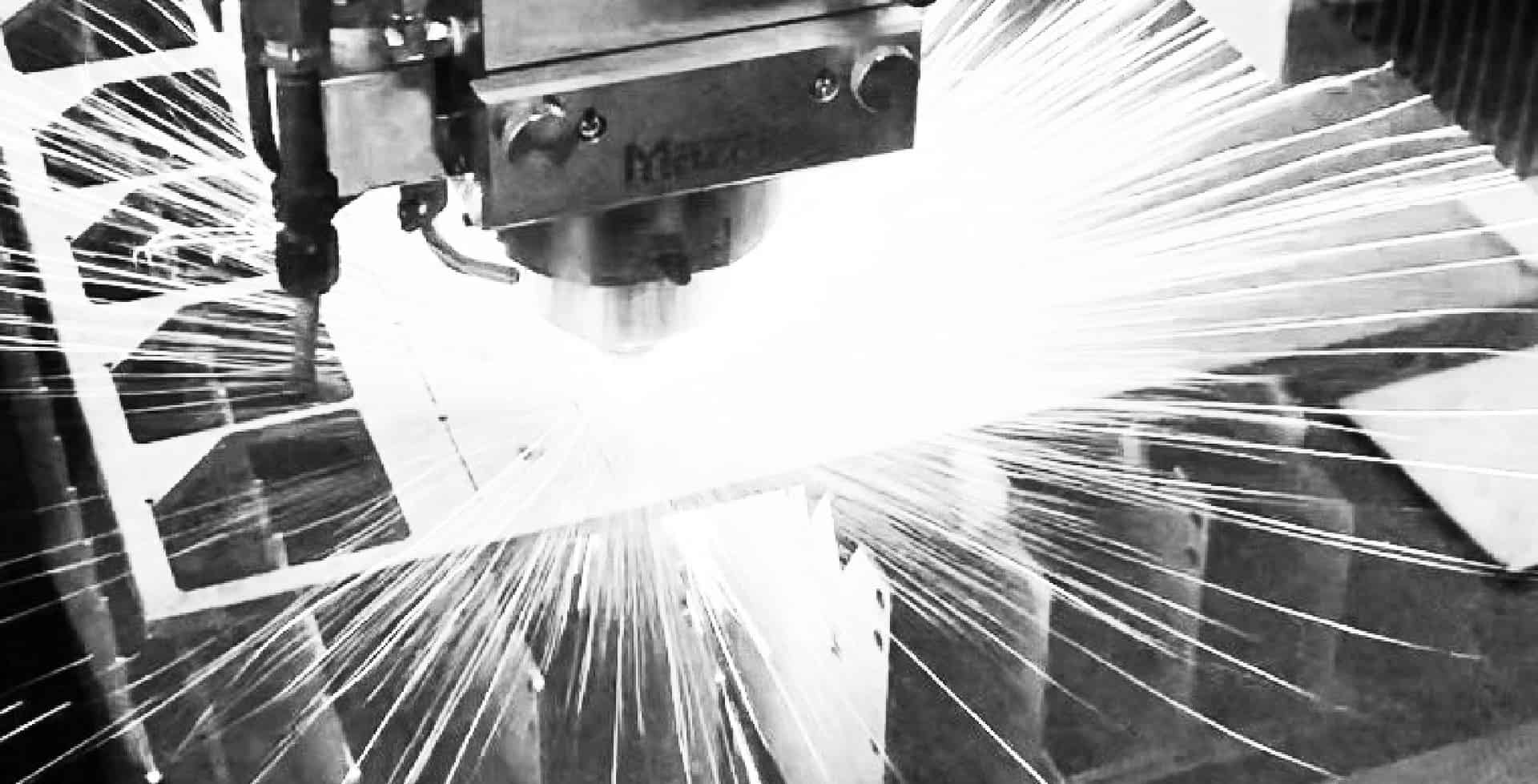How to Tackle Dust Collector Bag Replacement

Changing dust collector bags is one of the least desirable jobs of industry maintenance. Crawling into the collector is not only dirty business, it also requires you to take caution against exposure to the dust—sometimes harmful dust—that’s been collected in the baghouse. But, to keep your facility clean, healthy and comply with air quality regulations, dust collector bag replacement is a must when the need arises.
When to replace baghouse filters
For the most part, there are only three reasons to change baghouse filters:
- When they can no longer be cleaned because dust has accumulated to the point of plugging the fabric’s air passages, keeping the vacuum from pulling in unwanted dust.
- When the bags have developed holes.
- When the EPA regulates your company or industry to change bags.
While some facilities change bags once per year because their dust collectors capture large quantities of especially fine, hazardous dust, most of IVI’s customers can go two to 10 years before having to schedule dust collector bag replacement.
Facilities that change bags more than once a year may be doing so because of a unique situation—the collector is capturing an especially tough material, like a wet, corrosive or abrasive dust. Facilities that change bags often but are not in this situation likely have a dust collector that doesn’t correctly match their manufacturing process.
Checking your industrial dust collection system
If you’ve just installed a new industrial dust collection system, it’s best practice to check the system regularly to ensure it’s running efficiently and the bags have been installed correctly.
Here’s how to tell whether dust collector issues may be related to the bags:
- High differential pressure: Bags that haven’t been installed correctly, or are retaining excess amounts of dust, will lead to high differential pressure within the baghouse. As it becomes more difficult to pull air through the bags, the difference in the pressure before air enters the bags and after exiting the bags increases.
- Baghouse dusting: Dusting is noted by a visible emissions plume coming out of the stack or by dust in the clean air section of the collector. Bags that are the wrong size or fabric for the particulate may not be installed correctly, may not be sealed or have holes that are contributing to the dusting.
Replacing baghouse filters
Dust collector bag replacement: A quick tutorial
Before removing filters:
- Obtain and follow a Confined Space permit, if required.
- Manually pulse down existing filters.
- Allow the screw auger and rotary air lock to remove waste.
- Conduct proper lockout-tagout per OSHA or Mining Safety and Health Administration (MSHA) requirements.
- Ensure employees are trained on hazards associated with the task and are wearing the proper personal protective equipment.
Removing old filters (pertains to top-load bags only):
- Open clean air section doors and remove pulse tubes and cages. (Note: IVI’s baghouses do not use hold-down hardware, but if your baghouse does, remove this hardware before proceeding.)
- Flex the bag’s seal toward the center of the tube sheet hole and drop the bags into the dirty air section.
- Remove all the old bags that were dropped by accessing the hopper. Count the bags to verify you have removed them all to avoid damage to your dust collector.
- Dispose of dirty bags in a dust-tight bag or sealable waste container.
- Close and bolt or screw shut access doors.
Installing new filters:
- Vacuum the clean air section to remove accumulated dust and debris.
- Drop new filters—one at a time—through the tube sheet.
- When the filter is unfolded into the dirty air section, flex the snap band toward the center of the tube sheet hole. Do not bend the snap band at the seam.
- Place the filter snap bands on either side of the tube sheet, and push the band toward the perimeter of the tube sheet hole. You’ll hear the snap when it’s properly sealed.
- Slowly drop the cage down the center of the filter until the venture sits snug on the filter. Gently step down on the venture to seat the cage. If you have hold-down hardware, reinstall it.
- When all bags have been replaced, reinstall all pulse tubes.
- Inspect all the bags for uniformity.
We also recommend testing your system using a fluorescent powder. Starting your industrial ventilation system using this powder will allow you to see whether it is making its way through to the clean side of the bag. If it is, the bag has not been installed properly.
When, and if, you need to replace bags, we also recommend taking the following steps to prevent maintenance and reduce production downtime:
- Keep a bag location replacement chart.
- If you have consistent bag failures, retain a typical bag for inspection.
- Retain bags with unusual or non-characteristic failures.
- Maintain an adequate supply of replacement bags.
By maintaining and changing your baghouse filters when needed, your dust collector will run more efficiently at a lower cost.
Contact IVI for assistance
Unfortunately, many things can go wrong during a dust collector bag replacement procedure. Improperly seated bags can lead to poor dust collection, which can lead to failing government regulation tests and to excessive dust in your facility, which can adversely affect product quality.
If you are unsure about changing your own baghouse filters, contact us. We will not only change dust collector filters, we also can help analyze your system to help extend bag life, thereby reducing how often you’ll need to do one of the dirtiest maintenance jobs in industrial ventilation.